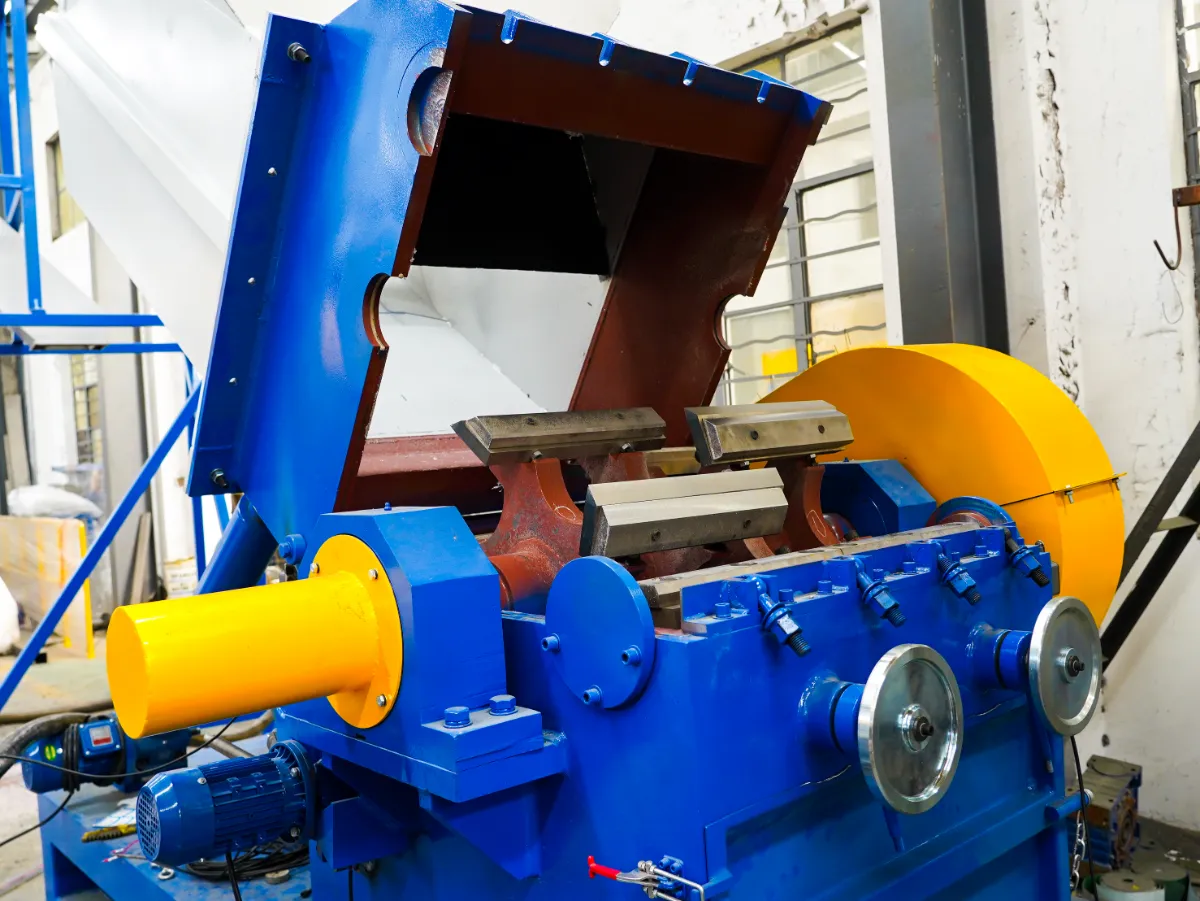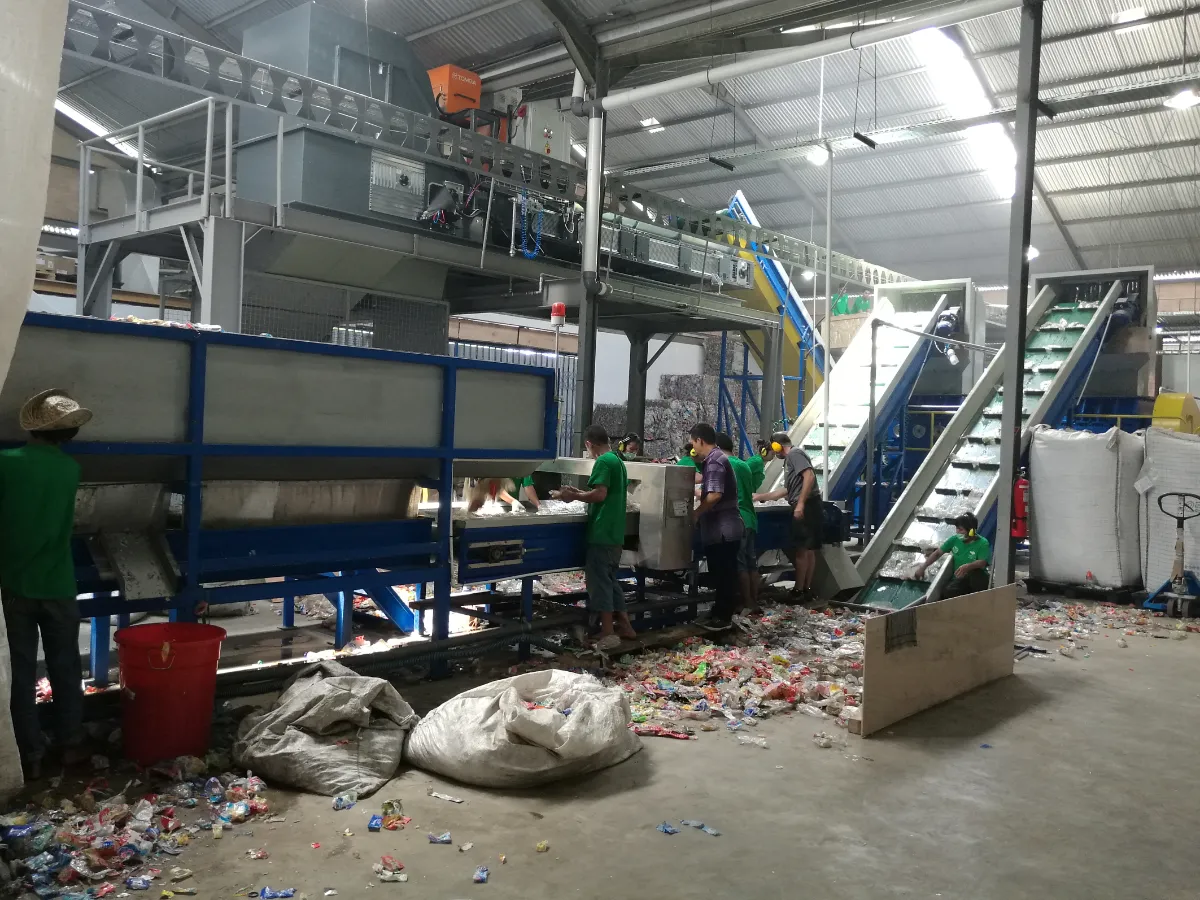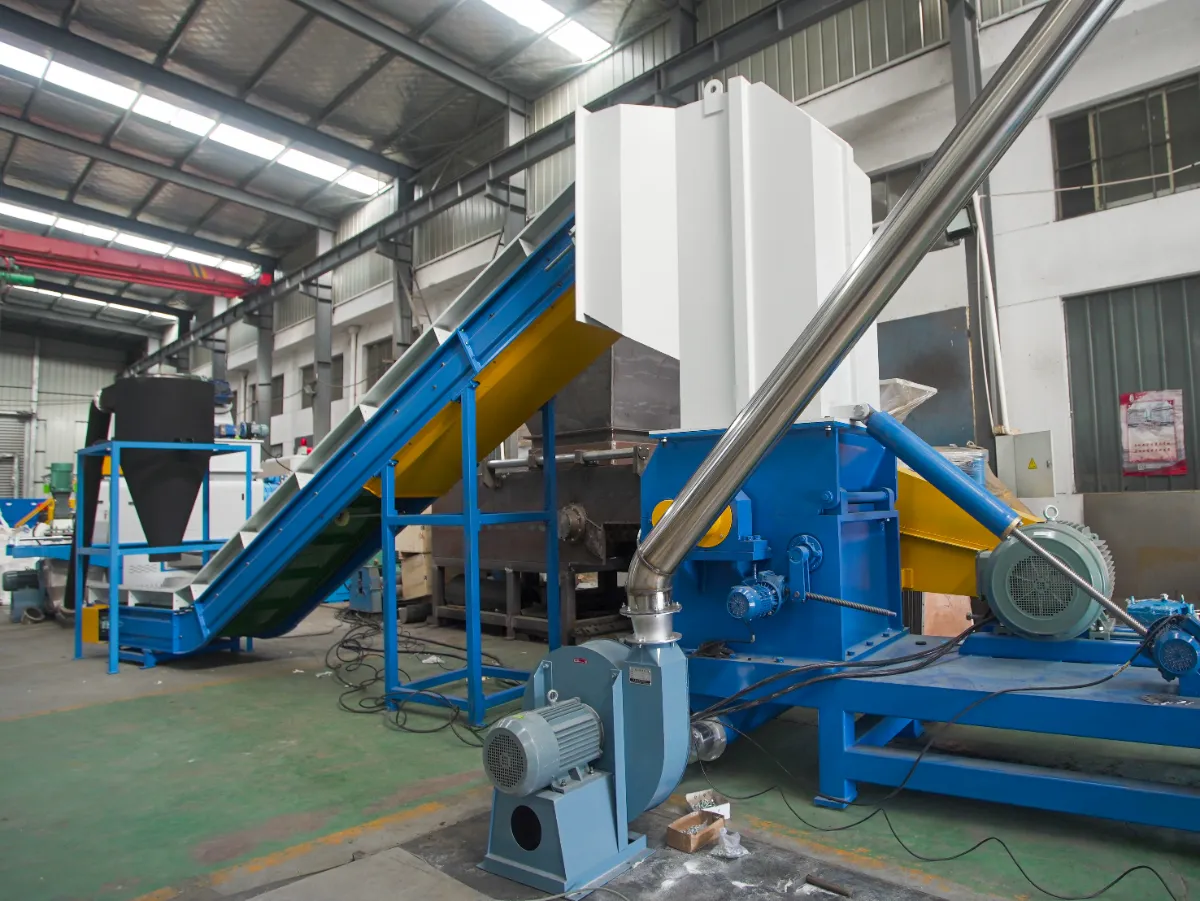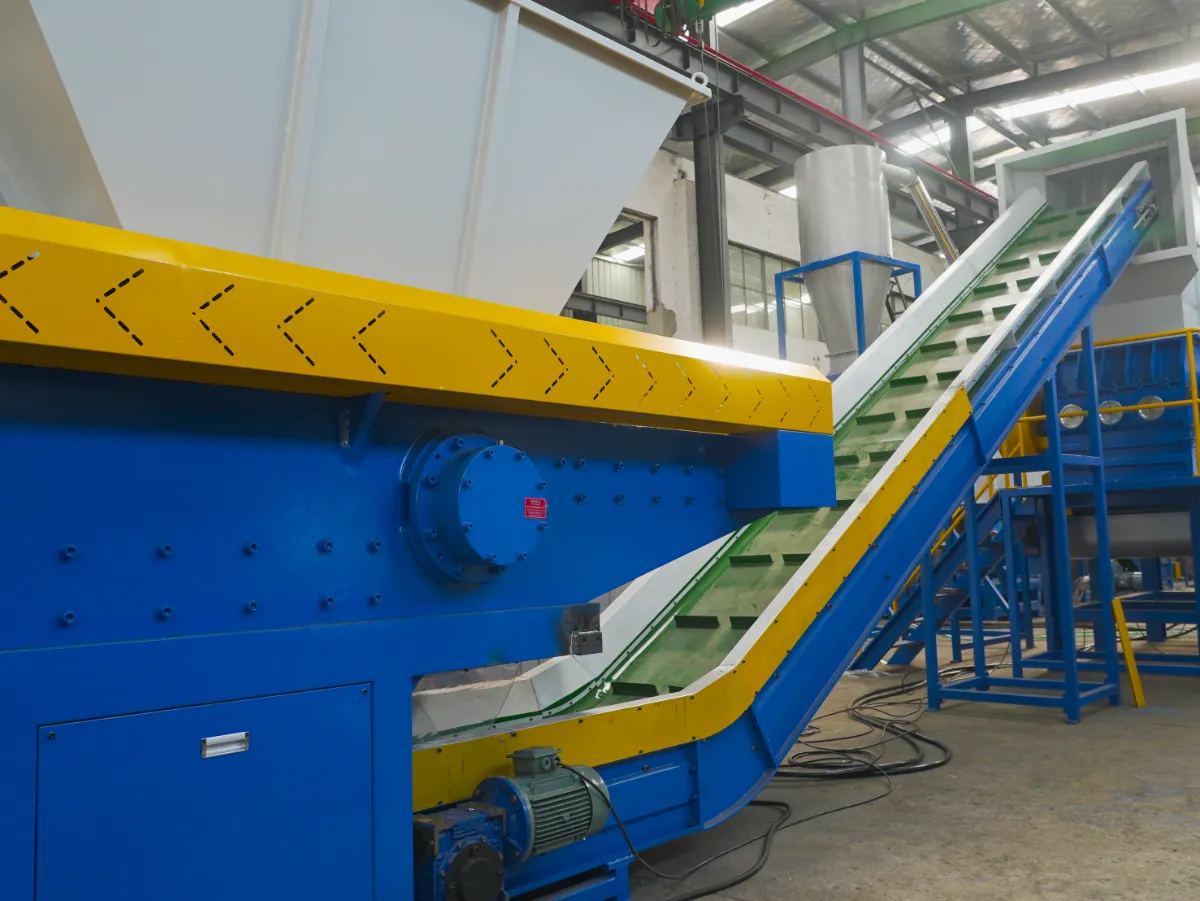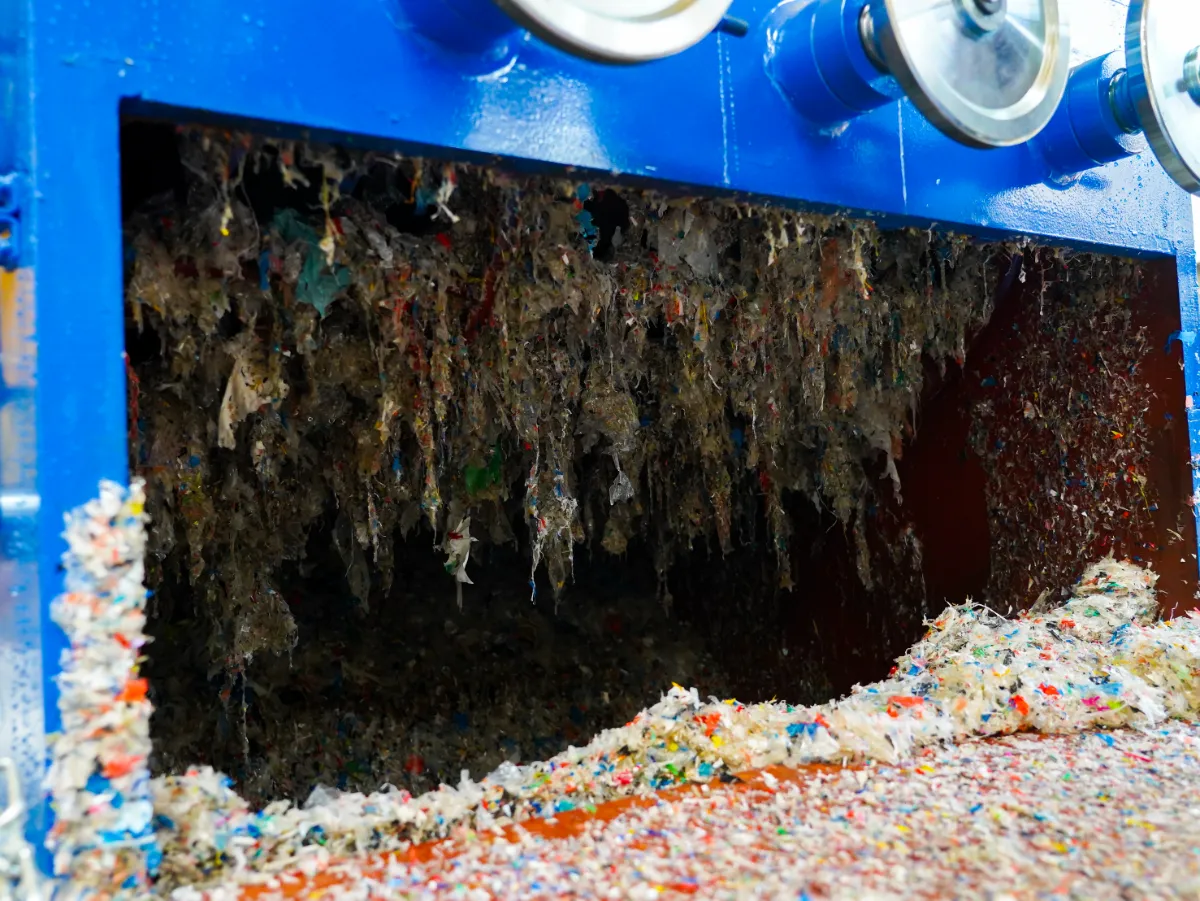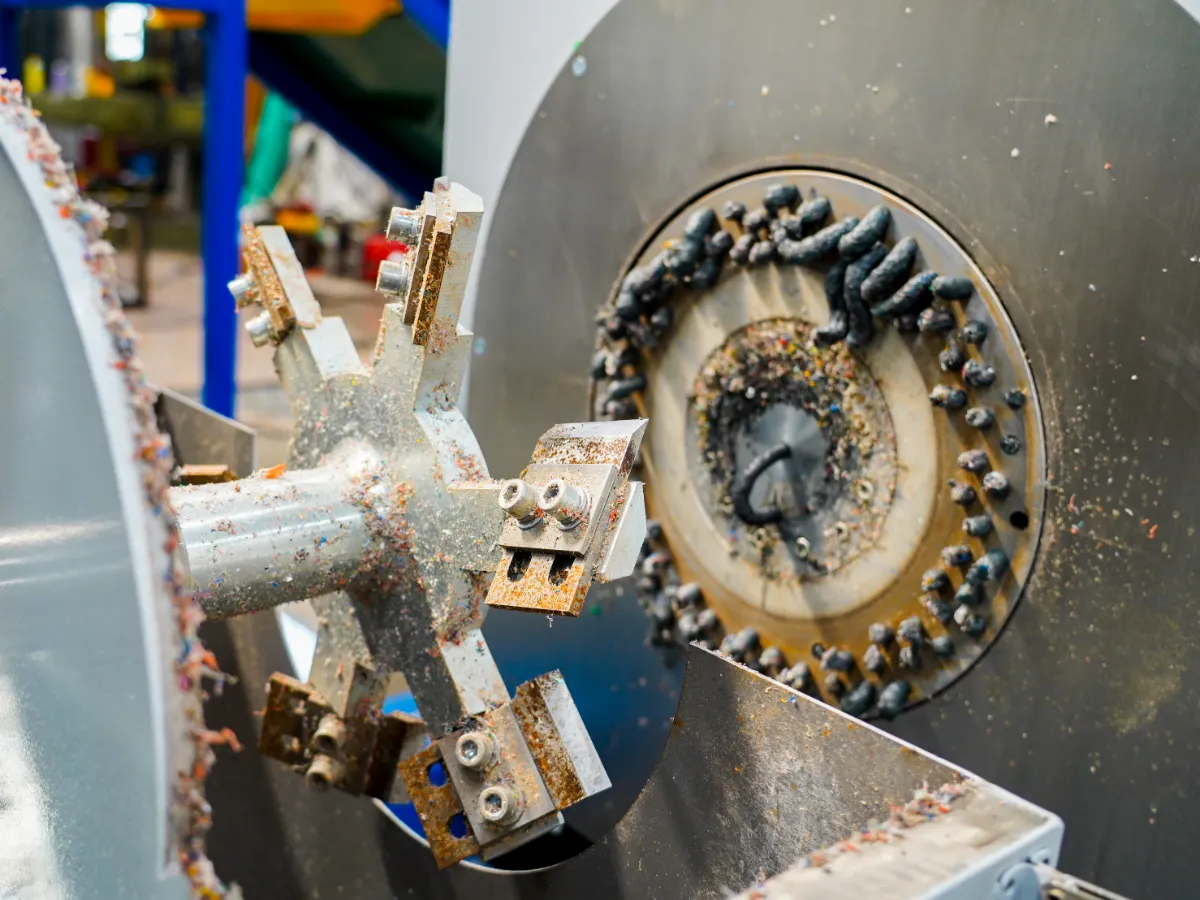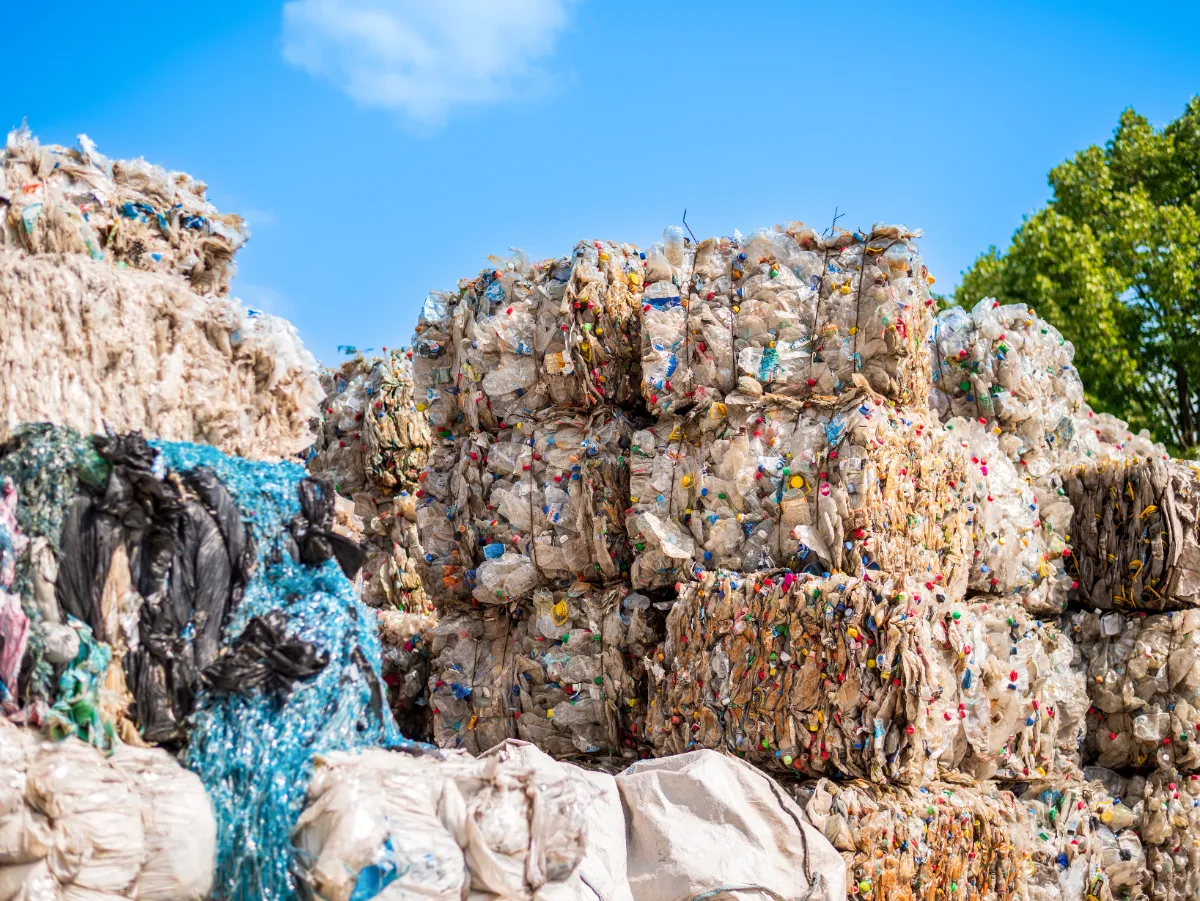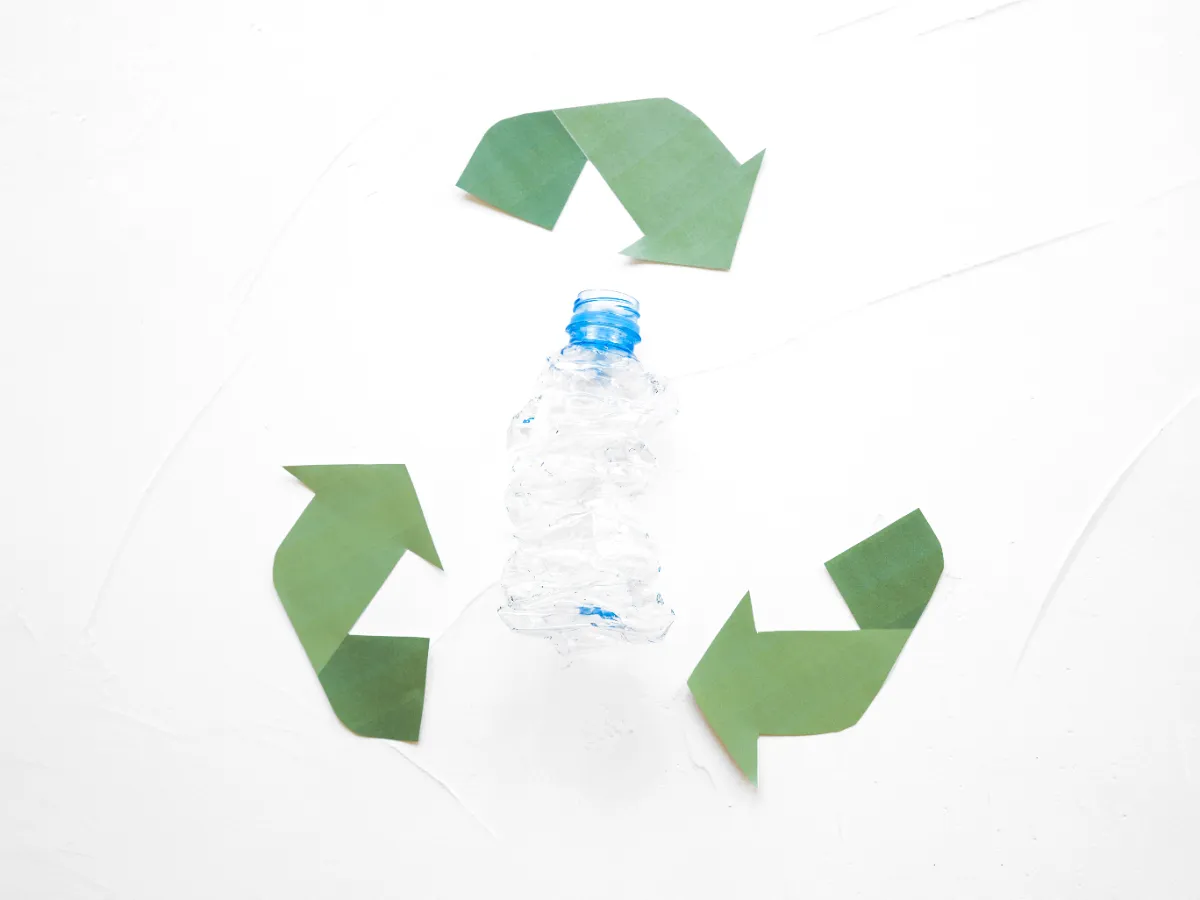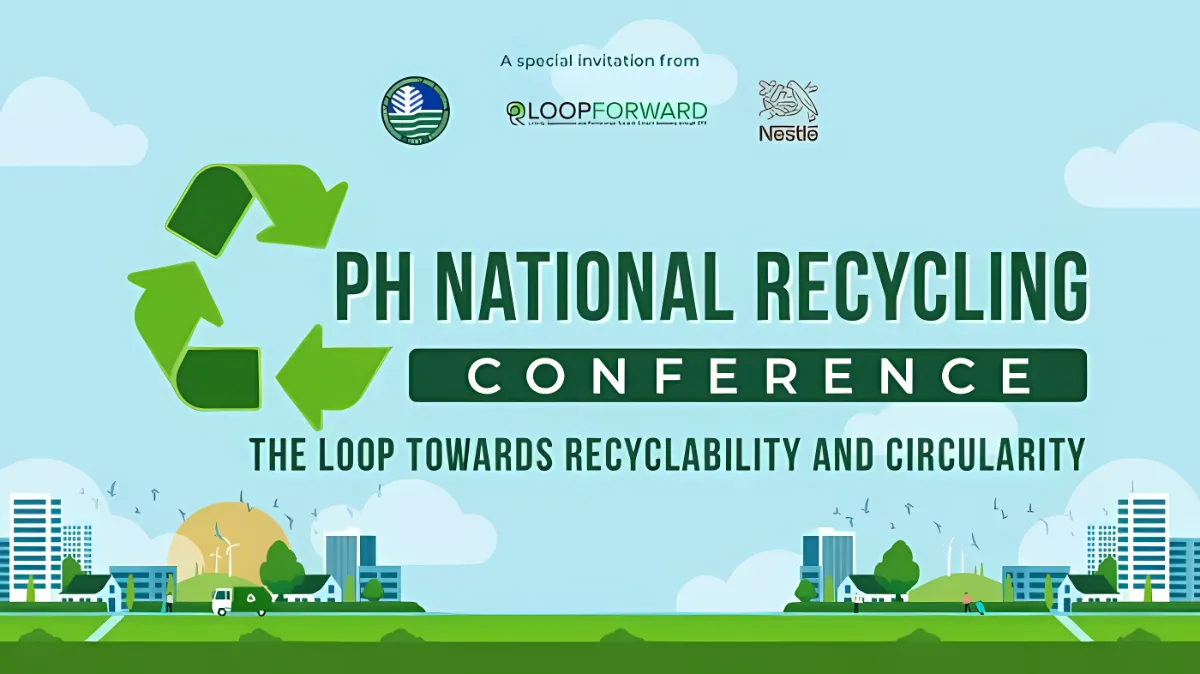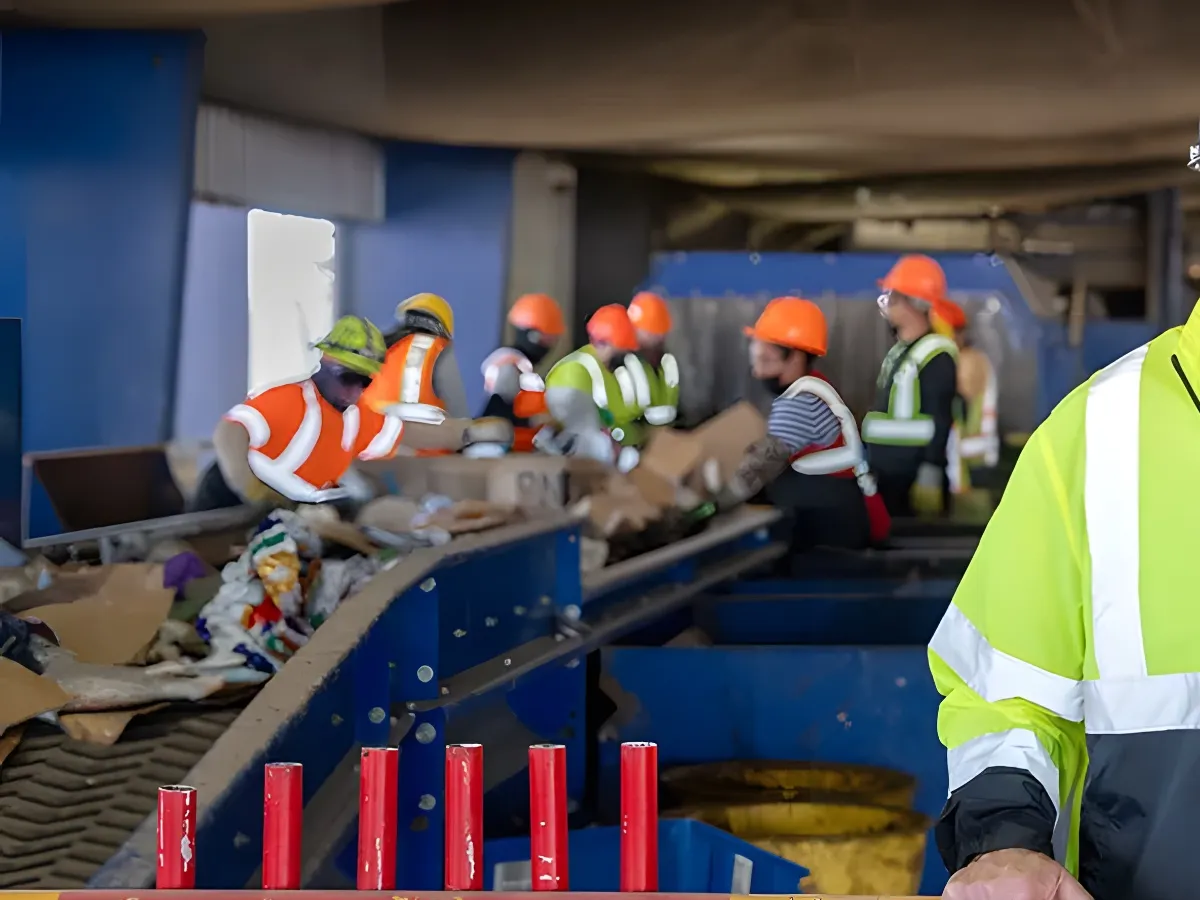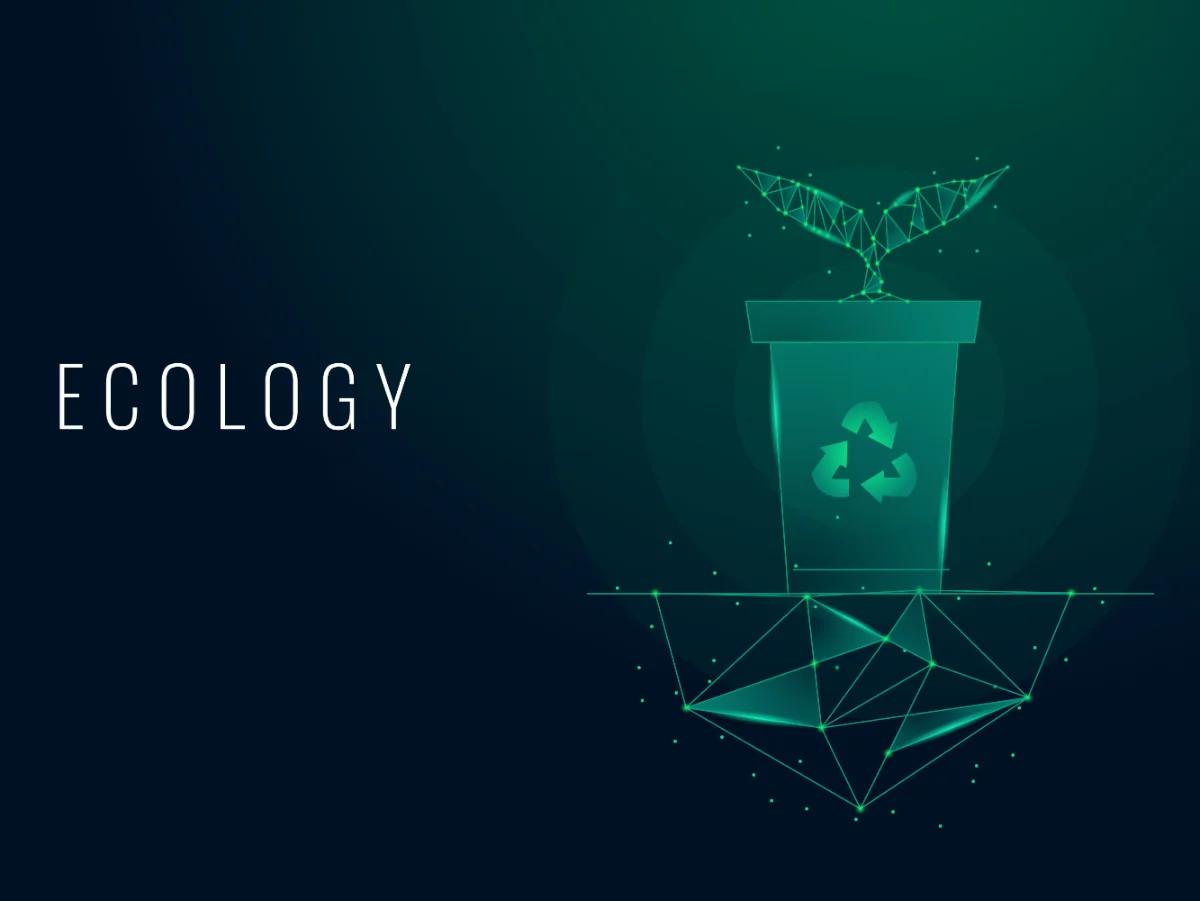Notizie sul riciclaggio
Categorie Notizie sul riciclaggio
Pubblicato il
Esplora il principio di funzionamento delle macchine trituratrici di plastica e il loro impatto sugli sforzi di riciclaggio. Scopri come la triturazione trasforma i rifiuti di plastica ingombranti in materiale riciclabile, contribuendo alla sostenibilità ambientale.
Categorie Notizie sul riciclaggio
Pubblicato il
Scopri come queste macchine trasformano i rifiuti di plastica in granuli riutilizzabili, favorendo pratiche sostenibili e contribuendo a un'economia circolare.
Categorie Notizie sul riciclaggio
Pubblicato il
Esplora le ultime innovazioni nelle tecnologie di riciclaggio delle bottiglie in PET e come stanno trasformando il settore. Dai processi di pretrattamento migliorati al riciclaggio chimico, scopri come questi progressi stanno aprendo la strada a un futuro sostenibile.
Categorie Notizie sul riciclaggio
Pubblicato il
Scopri i fattori chiave che influenzano i prezzi delle macchine per il riciclaggio della plastica e come fare un investimento consapevole in tecnologia sostenibile. Questa guida offre spunti per scegliere la macchina giusta per le tue esigenze di riciclaggio.
Categorie Notizie sul riciclaggio
Pubblicato il
Esplora i vantaggi finanziari e ambientali dell'investimento in macchinari per il riciclaggio della plastica. Questo articolo offre un'analisi approfondita dell'analisi costi-benefici, evidenziando come il prezzo dei macchinari per il riciclaggio della plastica influenzi gli sforzi complessivi per la sostenibilità.
Categorie Notizie sul riciclaggio
Pubblicato il
Scopri come selezionare la macchina per il riciclaggio della plastica perfetta per le tue esigenze, bilanciando prezzo, qualità ed efficienza della macchina per il riciclaggio della plastica. Prendi una decisione informata per far progredire i tuoi sforzi di riciclaggio.
Categorie Notizie sul riciclaggio
Pubblicato il
Esplora le ultime innovazioni nella tecnologia delle macchine per il riciclaggio della plastica, dalla pirolisi alla filigrana digitale, e scopri come questi progressi stanno trasformando il settore del riciclaggio e influenzando i prezzi delle macchine.
Categorie Notizie sul riciclaggio
Pubblicato il
Esplora le dinamiche che influenzano i prezzi delle macchine per il riciclaggio della plastica, tra cui innovazioni tecnologiche, politiche normative e tendenze del mercato globale. Comprendi come questi fattori convergono per dare forma al futuro del settore del riciclaggio.
Categorie Notizie sul riciclaggio
Pubblicato il
Scopri come investire in macchine per il riciclaggio della plastica può migliorare l'efficienza, la sostenibilità e la redditività della tua attività. Impara da case study di successo in vari settori.
Categorie Notizie sul riciclaggio
Pubblicato il
Scopri le iniziative e le partnership che mirano a trasformare il dilemma della plastica del Paese in un modello di business sostenibile, promuovendo un'economia circolare.
Categorie Notizie sul riciclaggio
Pubblicato il
Caglia Environmental leader nel riciclaggio avanzato del PET con intelligenza artificiale e robotica
Scopri come Caglia Environmental, con l'aiuto di The Recycling Partnership ed EverestLabs, sta rivoluzionando il riciclaggio del PET attraverso l'intelligenza artificiale e la robotica. Scopri il loro approccio innovativo alla sostenibilità ambientale
Categorie Notizie sul riciclaggio
Pubblicato il
Scopri come l'intelligenza artificiale sta rivoluzionando il settore del riciclaggio, migliorando l'efficienza di processi come la selezione e il commercio globale di materiali riciclabili. Scopri l'impatto trasformativo delle macchine per il riciclaggio della plastica basate sull'intelligenza artificiale nel promuovere la sostenibilità.



